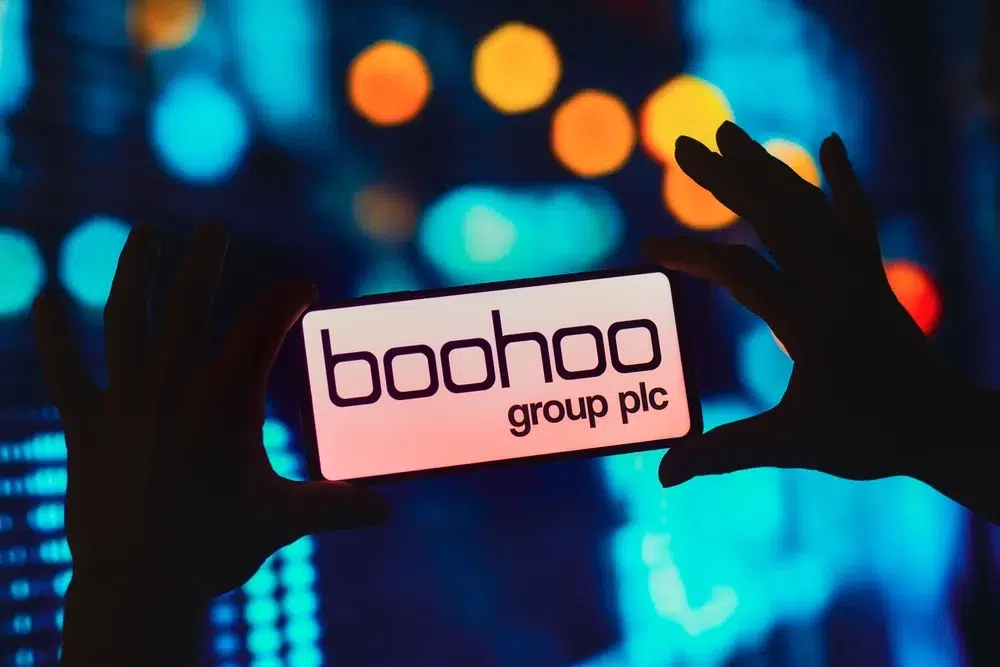American fashion label Ralph Lauren has been forced to lower its full-year revenue growth forecast for the second time in less than four months, attributing a strong dollar and weak consumer spending.
The upmarket retailer reported a 9.3% drop in quarterly profit, causing shares of the brand to fall by as much as 12% in early trading on Wednesday.
“Foreign exchange and global consumer spending remain unpredictable, and we are planning our business accordingly,” Chief Operating Officer Jacki Nemerov said in a statement on Wednesday.
Ralph Lauren cited the promotional environment in the US, paired with increased investments in store openings and its e-commerce business as softening profit in the seasonal quarter.
Investors‘ disappointment should be strengthened by the fact that while current performance is lower-than-expected, this is largely down to unfavourable currency exchange rates, which luxury lifestyle goods giant LVMH also blamed on Tuesday.
A stronger dollar, which has risen sharply in recent months against major currencies, is impacting on the retailer‘s outlook. Ralph Lauren said it would continue to affect the company‘s sales and profits in 2016.
Ralph Lauren saw around 11,450 points-of-sale as of March 29, about 5,000 of which were in Europe and Asia.
In a statement, the company said:
“Our long-range goals remain unchanged, and we have a clear roadmap to achieve them. As we work to realize these goals and maximize our investments in an increasingly complex global environment, we are marking the right organizational changes to ensure a strong and healthy future for the company.
The board‘s decision to raise our quarterly dividend demonstrates its conviction in the company‘s growth objectives and an ongoing commitment to returning cash to our shareholders.”
Stephen Ward, Commercial Director of Conlumino, comments:
We believe that this investment will pay longer-term dividends in terms of future growth prospects for the brand, which remains both popular and relevant with consumers across the globe.
On the investment front, the continued enhancement of both back -and front-end e-commerce operations represents a significant outlay for the company. However, these initiatives will improve capacity and allow Ralph Lauren to provide a better service, on a global basis, via its own online platforms. In our view, it is eminently sensible to invest in online – which remains one of the fastest growth channels in many countries, including across Asia where Ralph Lauren has significant potential to further develop its internet business. In its last full financial year, Ralph Lauren took $500m in revenue via e-commerce; its stated ambition is to double this to $1bn.
Changes to product and marketing have also absorbed cash, especially in the development and enhancement of the Polo brand. This includes the opening of new Polo stores, most notably in Asian markets, and the recent launch of Polo for women, which is a replacement for the Blue Label line. While costs have been incurred we believe that the benefits of this strategy will accrue over the next financial year with the Polo brand providing a strong growth opportunity for the company. This is especially so in womenswear, where a lower price point and a more contemporary design should help Ralph Lauren to expand its existing customer base.

















